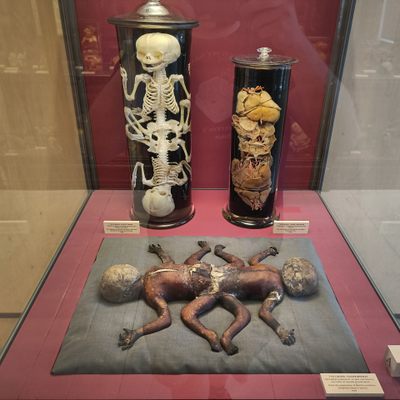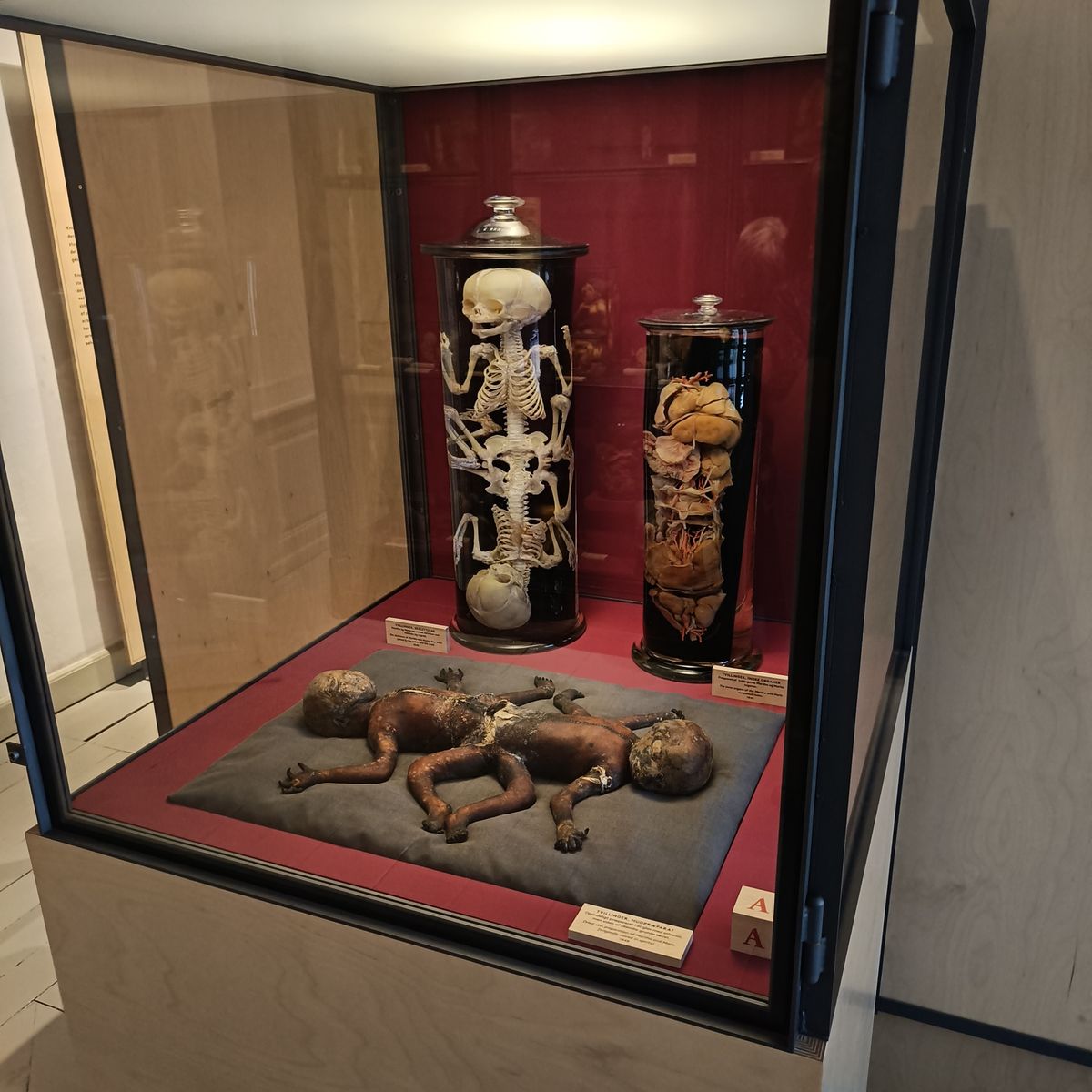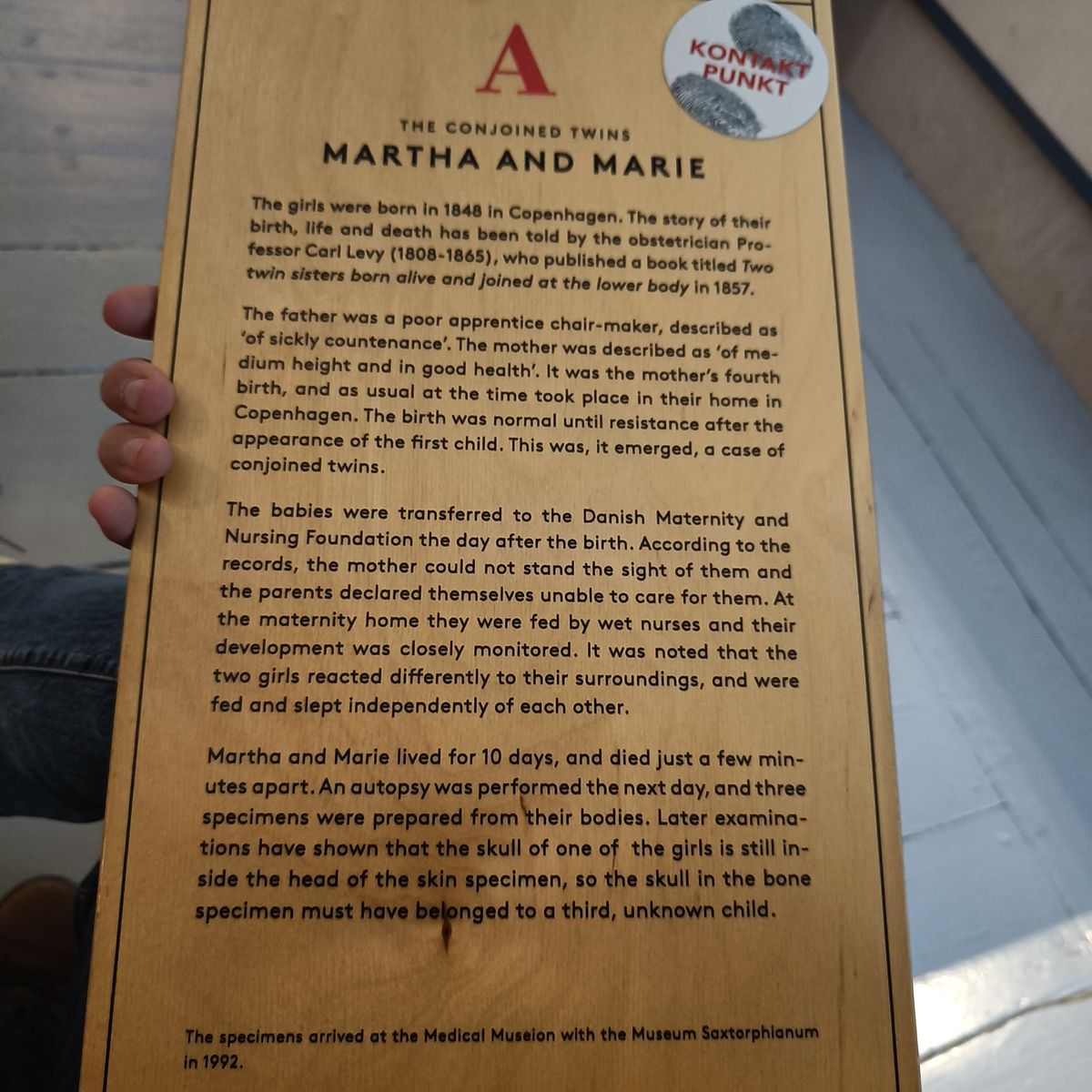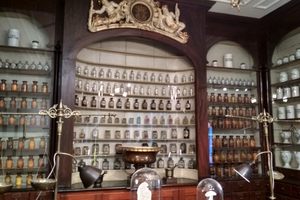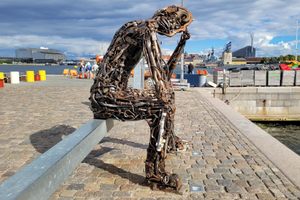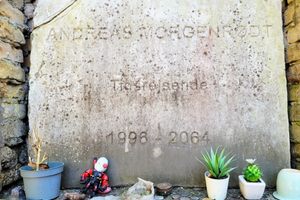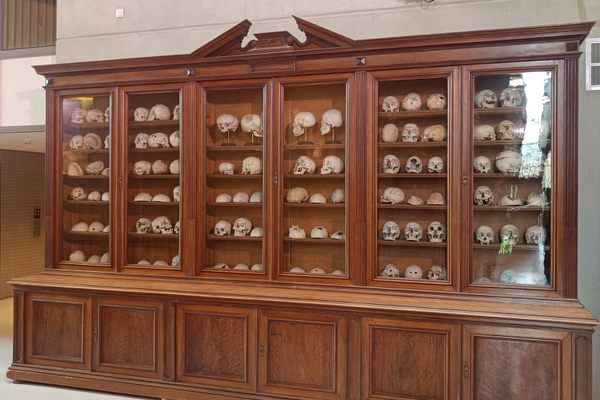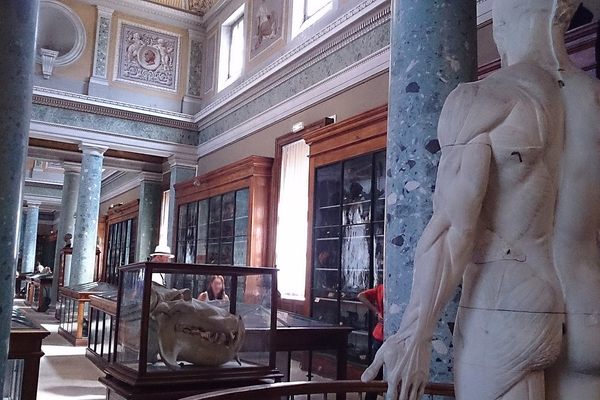About
Anatomical musea are often filled with tragic examples of things that can go wrong with both humans and animals. Often they focus on diseases, conditions that arise after gruesome accidents, and birth defects. In the 18th and 19th centuries, collections like these were vital for teaching medicine, and they still are used to some degree. For this reason, doctors were often searching for the most exotic specimens to add to their collections.
The bodies of Martha and Marie are a tragic centerpiece of the collection of Copenhagen's Medical Museion. They are a set of conjoined twins who were born in 1848 to an apprentice chairmaker and his wife. It was the couple's fourth pregnancy and all seemed well, until the mother started to feel resistance after the first child was born. Shortly after, it became obvious that she had been pregnant with twins who were conjoined at the lower abdomen.
The twins were put in the care of the Danish Maternity and Nursing Foundation. They were fed and monitored closely—caretakers observed that they slept at different times and reacted differently to their surroundings. Unfortunately, both Martha and Marie died after just 10 days, mere minutes apart.
Their bodies were autopsied and preserved as a medical specimen that might teach physicians and midwives how to better care for children born with such unique circumstances. Their skeletons and organs were removed and prepared in separate jars, and the skin was likewise preserved. This is how Martha and Marie stayed in the nursing home until 1992, when their remains were donated to the Medical Museion.
Related Tags
Know Before You Go
Martha and Marie can be found in the anatomical collection room of the museum. See their website for entrance prices and relevant discounts.
Community Contributors
Added By
Published
July 19, 2022

